The emergence of drones, also known as Unmanned Aerial Systems (UAS), has created a significant shift in the way industries operate. One sector that has experienced a rapid transformation due to drone technology is the utility industry. Drones have proven to be invaluable tools for utility work, providing an innovative and efficient approach to inspection, maintenance, and monitoring. In this blog post, we will explore the fascinating world of drones in the utility sector, revealing how these flying machines are transforming the industry and making it safer, more efficient, and cost-effective.
Read more: Revolutionizing Utility Work: Harnessing the Power of DronesThe Benefits of Drones in Utility Work
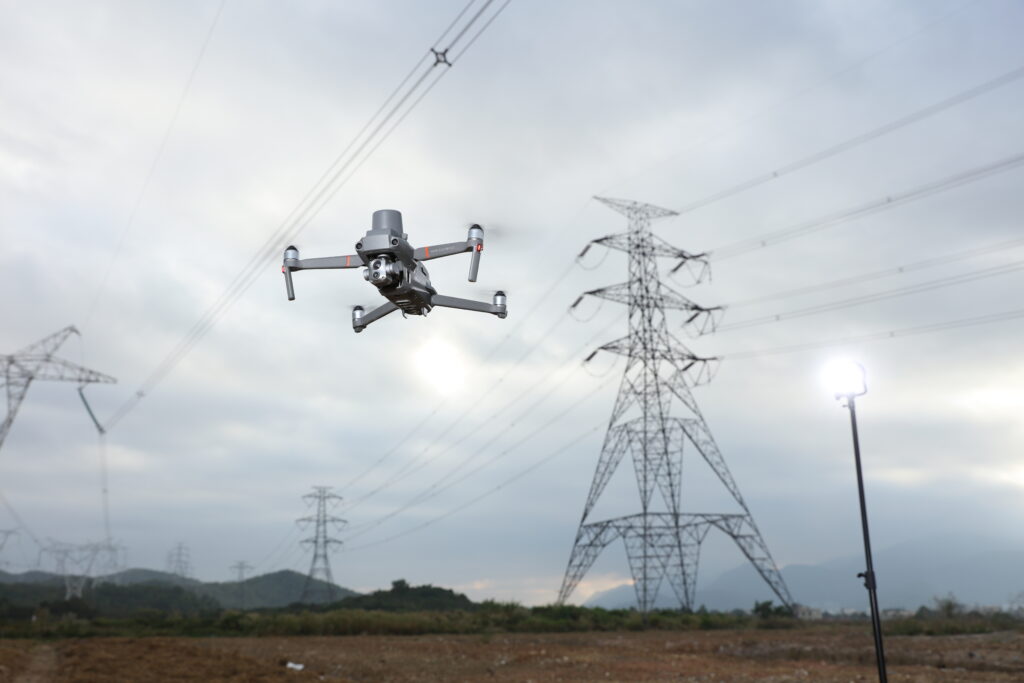
1. Improved Safety
Utility work often involves working at significant heights and in hazardous environments. Drones eliminate the need for human workers to perform risky tasks such as climbing poles, towers, or working near live wires. By using drones for inspections, utility companies can reduce the risk of accidents and ensure the safety of their employees.
Drones equipped with high-resolution cameras and advanced sensors can cover vast areas and conduct inspections in a fraction of the time it would take human workers. This not only saves time but also reduces labor costs. Moreover, drones can easily access hard-to-reach or remote locations, making the inspection process more comprehensive and efficient.
2. Enhanced Data Collection and Analysis
Drones can be fitted with a wide range of sensors and cameras, enabling them to capture essential data for utility companies. High-resolution images, thermal imaging, and LIDAR scans provide a detailed and accurate representation of the infrastructure. This data can be used to detect faults, assess wear and tear, and monitor vegetation growth near power lines. Advanced analytics software can then process this data, providing actionable insights to utility companies and helping them make informed decisions.
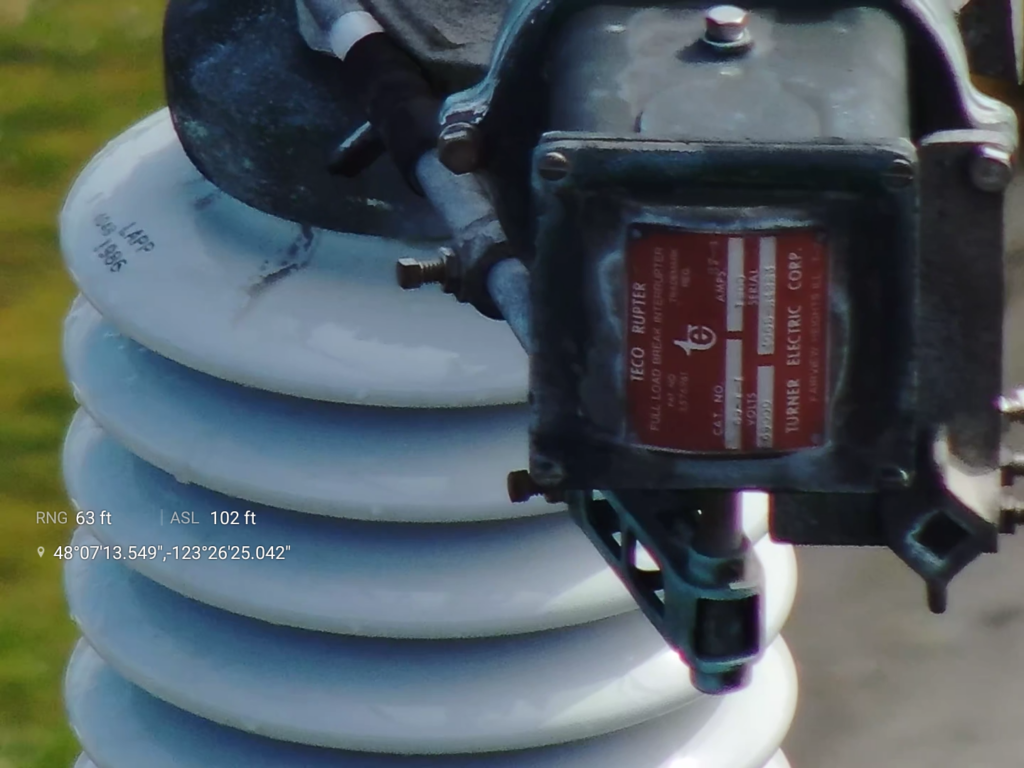
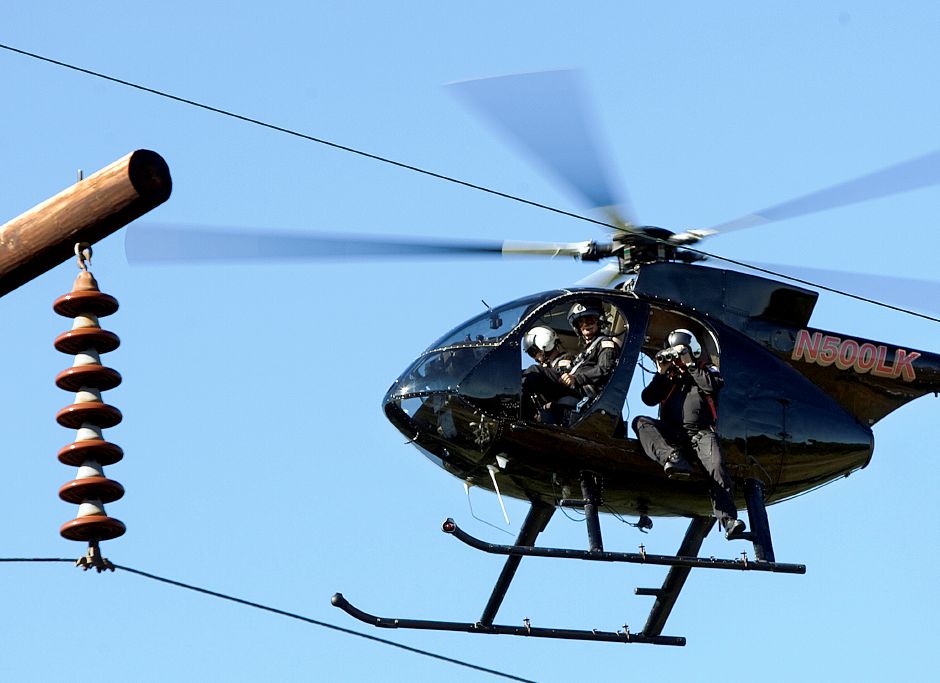
3. Cost-Effective Solution
Traditional methods of utility inspection and maintenance can be costly, especially when involving helicopters or extensive manual labor. Drones offer a more cost-effective solution by reducing the need for expensive equipment and large crews. The savings in time, labor, and equipment expenses make drones a highly attractive option for utility companies looking to optimize their operations.
Real-World Applications of Drones in Utility Work
Drones are making a significant impact in the utility sector. Here are a few examples of their real-world applications:
1. Power line inspections
Drones can efficiently inspect power lines for wear and tear, vegetation encroachment, and other potential issues. They can quickly cover long stretches of power lines and provide high-quality images for further analysis.
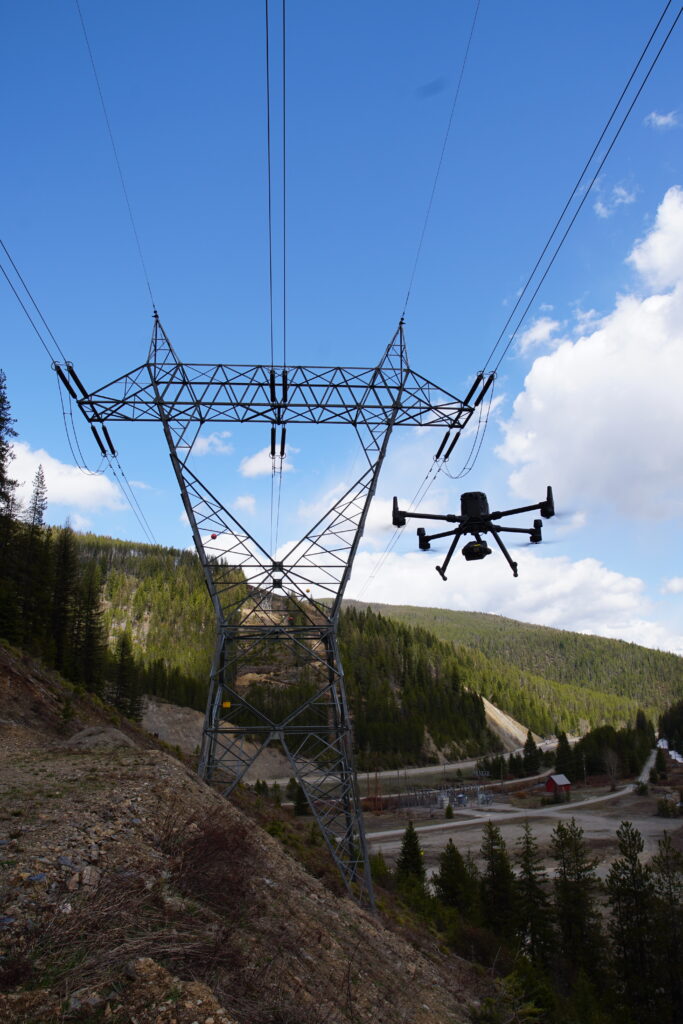
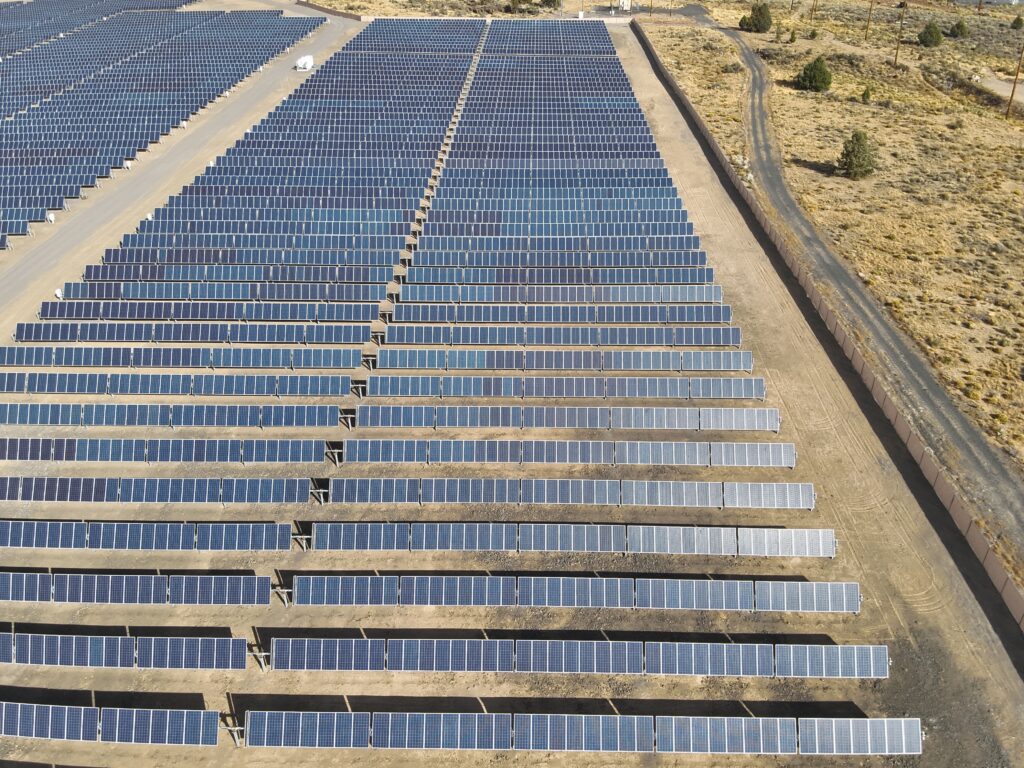
2. Solar Panel Inspections
By using thermal imaging, drones can detect hotspots on solar panels, indicating potential faults or inefficiencies. This allows utility companies to address issues promptly, ensuring optimal performance and energy production.
3. Wind Turbine Inspections
Drones can capture detailed images of wind turbine blades and structures, helping identify damage or wear that may impact efficiency. By providing a safe and efficient way to inspect turbines, drones can help reduce downtime and maintenance costs.
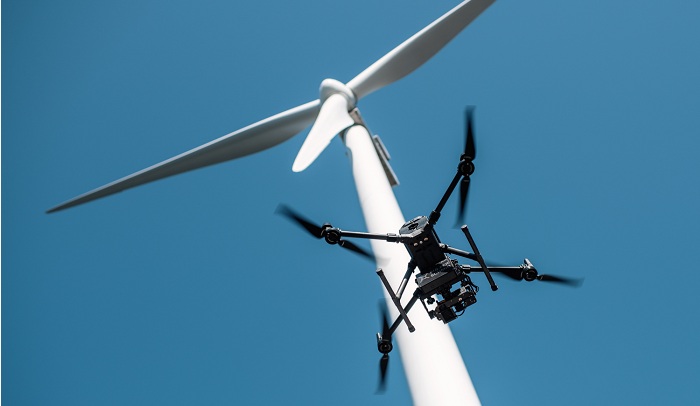
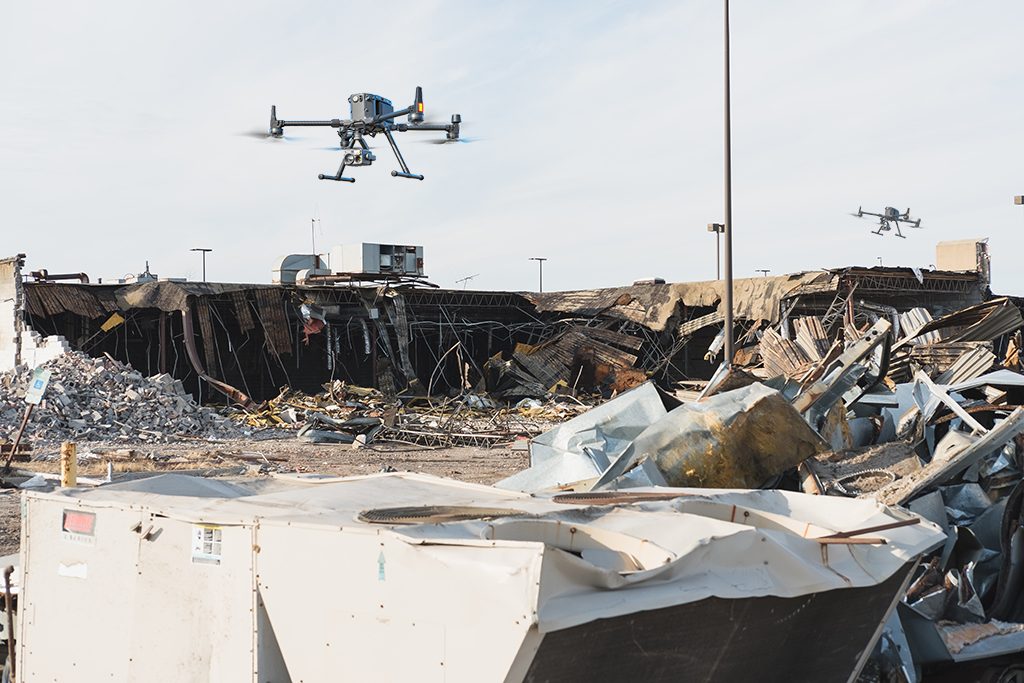
4. Disaster Response and Recovery
In the aftermath of natural disasters, drones can be deployed to assess damage to utility infrastructure and help prioritize repair efforts. This enables utility companies to restore services more quickly and efficiently, minimizing the impact on affected communities.
Drones have undeniably revolutionized the utility industry, offering a safer, more efficient, and cost-effective approach to inspection and maintenance. As drone technology continues to advance and regulations adapt to accommodate their use, it is evident that the future of utility work will be closely intertwined with these remarkable flying machines. Embracing the potential of drones will undoubtedly lead to a more resilient and efficient utility sector, prepared to tackle the challenges of the future.
These are just a few ways that drones are being used within the utility space- for more information, reach out to Chad Nelson with GenPac Drones at [email protected]
Chad works as the Energy/Utility Specialist and would love to help your company start or advance your drone program!